Advertisement
Case study of an inventive endovascular strategy
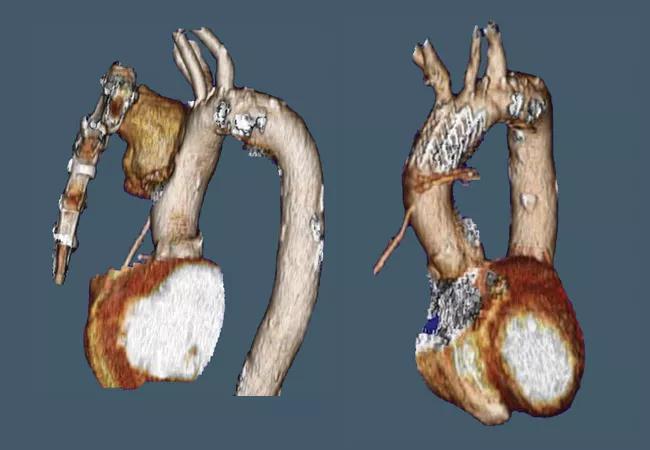
Advertisement
Cleveland Clinic is a non-profit academic medical center. Advertising on our site helps support our mission. We do not endorse non-Cleveland Clinic products or services. Policy
An 86-year-old man who was living independently presented in early 2016 with a large pseudoaneurysm on the ascending aorta (Figure 1) in close proximity to widely patent grafts from a previous coronary artery bypass procedure.
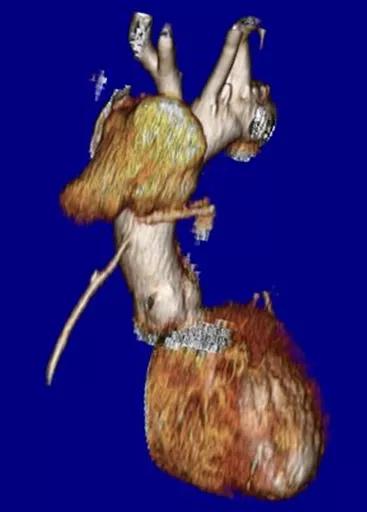
Figure 1. CT of the pseudoaneurysm on presentation.
Further inspection on CT scan showed the pseudoaneurysm to be immediately adjacent to the back of the sternum (Figure 2), further complicating management of this highly functional but still quite elderly patient.
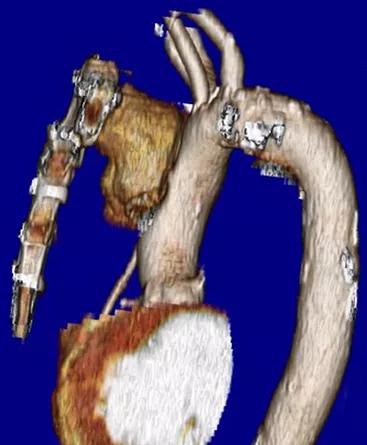
Figure 2. Preoperative CT showing proximity of the pseudoaneurysm to the sternum.
After weighing options, the surgical team in Cleveland Clinic’s Aorta Center devised a plan to address the pseudoaneurysm by placing a stent graft (Figure 3) delivered through the right axillary artery.
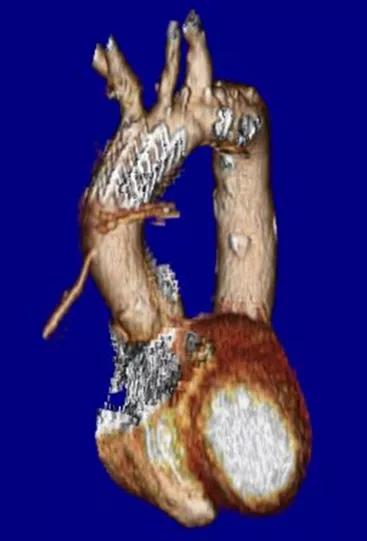
Figure 3. CT showing the implanted stent graft.
After extubation the next morning, the patient was back on his feet and out of the ICU within two days. He continues to fare well.
Cleveland Clinic’s ability to develop inventive endovascular strategies like this stems from its unmatched aortic surgery volumes, which consistently approach or exceed 1,200 annually (N = 1,185 in 2015). Its mortality rates for thoracic aorta surgery procedures consistently outperform expected rates (e.g., 2015 observed/expected ratio of 0.8) despite an abundance of complex cases like the one profiled here.
For more outcomes and volume information from Cleveland Clinic’s Miller Family Heart & Vascular Institute, visit clevelandclinic.org/outcomes.
Advertisement
Dr. Roselli is a cardiothoracic surgeon and Director of Cleveland Clinic’s Aorta Center.
Advertisement
Advertisement
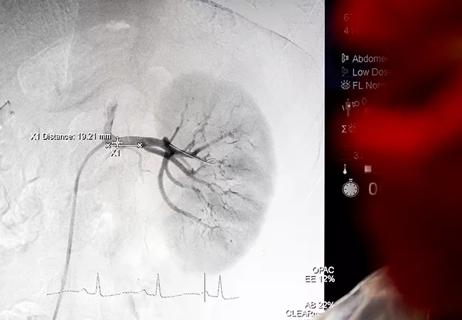
General principles for use of the long-awaited new therapy approach

ACC panel issues call to action to achieve CV health equity in an underserved population
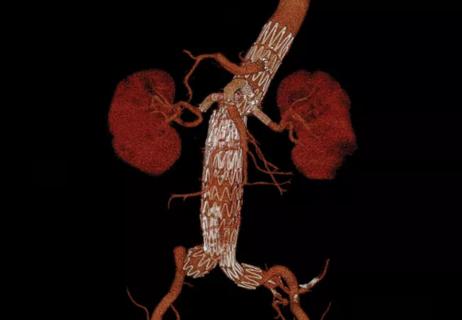
EVAR pioneer Dr. Juan Parodi surveys the past and future of a revolutionary procedure
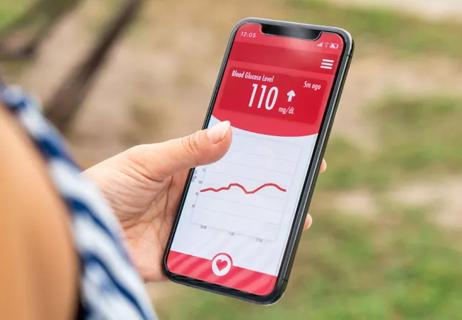
Latest systems combine continuous glucose monitoring with automatic basal insulin delivery
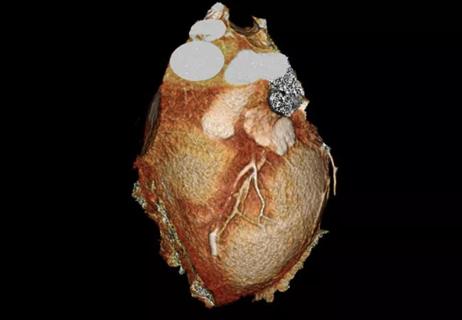
Common congenital lesion is not always benign
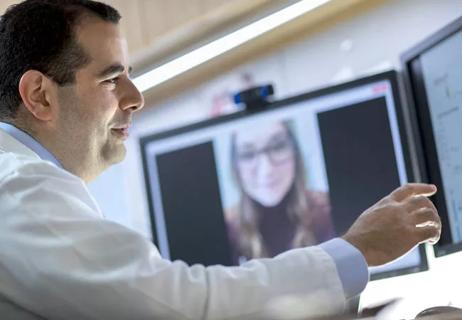
New study yields pre-pandemic insights for the post-pandemic landscape
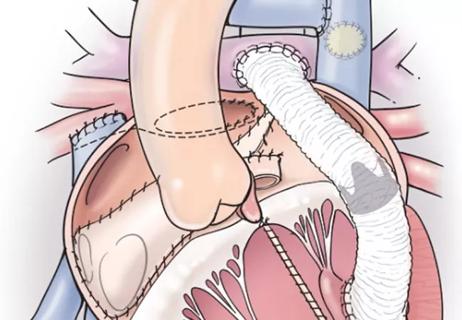
Series of five patients successfully treated with ‘ventricular switch’
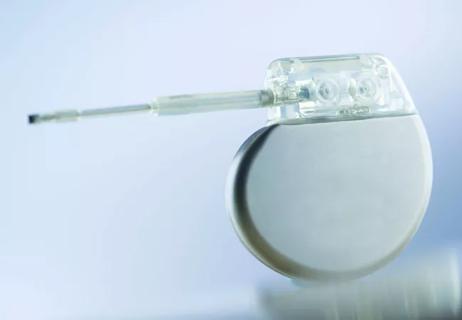
Results also show eagerness to learn more